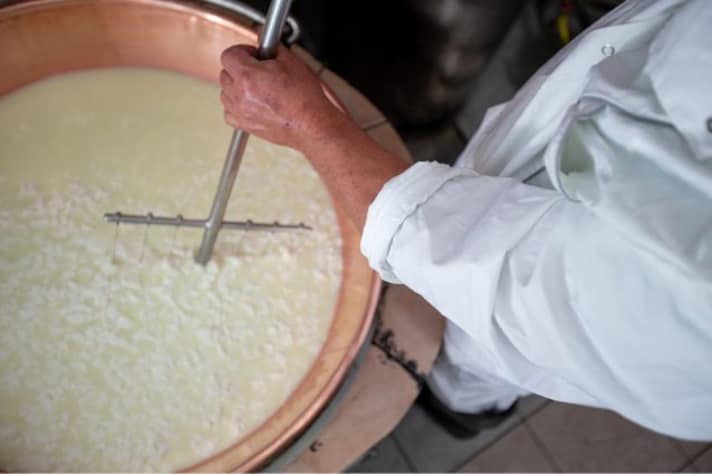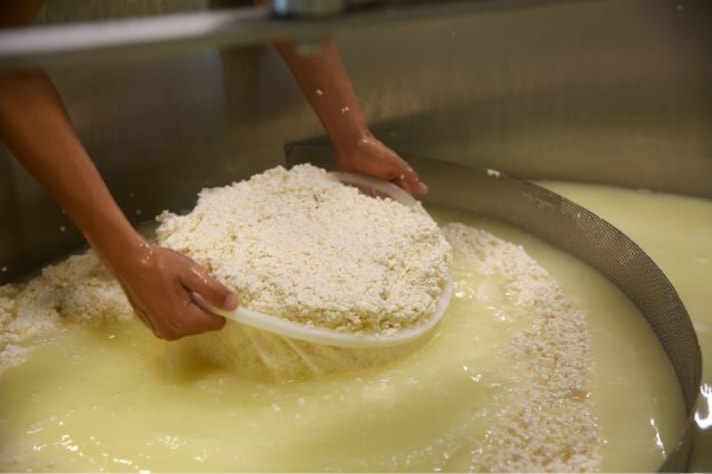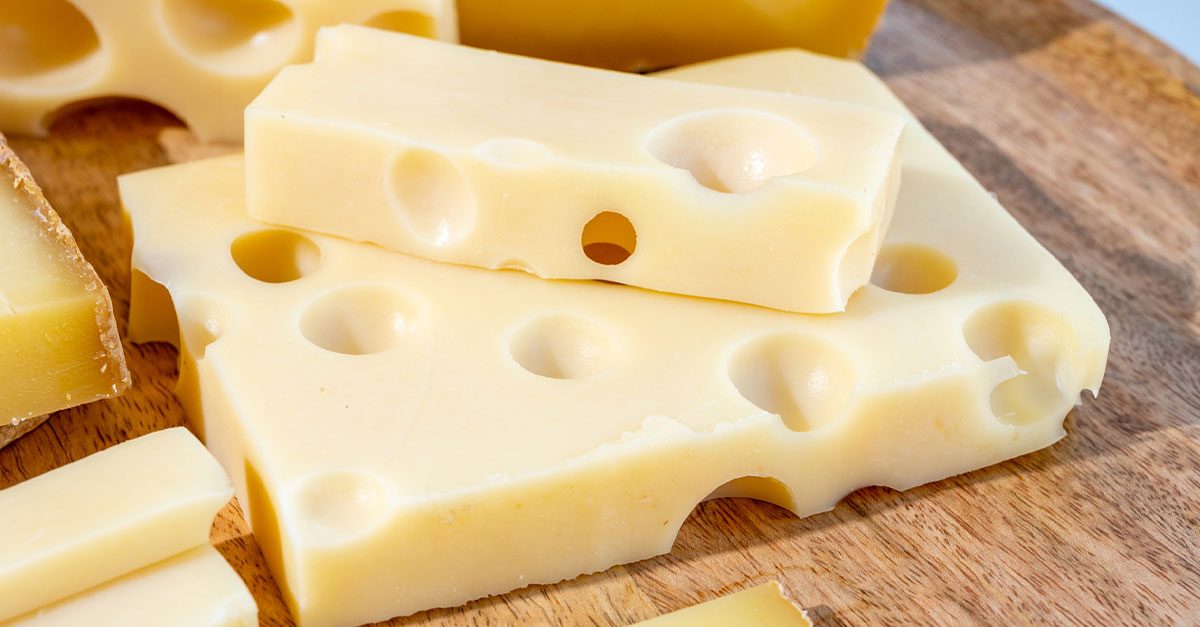What is Rennet and Why is It Necessary in Cheese?
Rennet is a key enzyme in cheesemaking, because it coagulates milk to form curds and whey, forming the base for various types of cheese, both hard and soft. There are various types of rennet: animal, microbial, vegetable, and genetically engineered, and the ones with no animal residue are also suitable for vegetarians!

Cheese lovers are everywhere, relishing in the diverse flavors and textures that cheese offers. Cheesemakers, both artisanal and industrial, have long relied on a consistent set of ingredients to create their delectable products. One crucial ingredient is rennet. But what exactly is rennet? Let's dive into its origins and role in cheesemaking.
What is Rennet and How is It Obtained?
Rennet is a complex set of enzymes used to coagulate milk, which separates it into curds and whey, the fundamental process in cheese production. Traditionally, rennet is obtained from the stomach lining of young calves. The enzyme responsible for this coagulation is called chymosin. To answer a common concern: yes, obtaining natural rennet involves slaughtering calves. The stomachs are harvested from young, milk-fed calves, as their rennet contains the highest concentration of chymosin, essential for effective cheese production.

The Various Types of Rennet
Rennet isn't one-size-fits-all; it comes in various types, each suitable for different cheesemaking needs. The most traditional type is animal rennet, derived from the aforementioned calf stomachs. Then there's microbial rennet, which is produced by fermenting certain fungi or bacteria. This type is suitable for vegetarians as it doesn't involve animals. Another popular alternative is vegetable rennet, extracted from certain plants like thistle or nettles, known for their coagulating properties. Lastly, there's genetically engineered or fermentation-produced chymosin, where the chymosin gene from calves is inserted into microbes to produce the enzyme without animal involvement. This method is often preferred for its consistency and efficiency in commercial cheesemaking.
How is Rennet Used in Cheesemaking?
In cheesemaking, rennet plays a pivotal role. After milk is warmed and cultured with bacteria, rennet is added to the mixture. The enzymes in rennet cause the milk proteins (casein) to coagulate, forming a gel-like consistency. This curd is then cut into small pieces, allowing the whey to drain. The size of the curd cuts and the handling of the curds affect the texture and type of cheese being produced. Rennet ensures the curd formation is firm and elastic, which is critical for cheeses ranging from soft varieties like Brie to hard ones like Parmesan.

Can Vegetarians Eat Rennet?
In short: it depends! Traditional animal rennet, derived from calves, is not suitable for vegetarians. However, cheeses made with microbial, vegetable, or fermentation-produced chymosin are vegetarian-friendly. These alternatives provide the same coagulating effect without involving animal slaughter, aligning with vegetarian dietary practices. When purchasing cheese, vegetarians should look for labels indicating the type of rennet used or opt for brands known to use vegetarian rennet.
;Resize,width=767;)

;Resize,width=712;)

